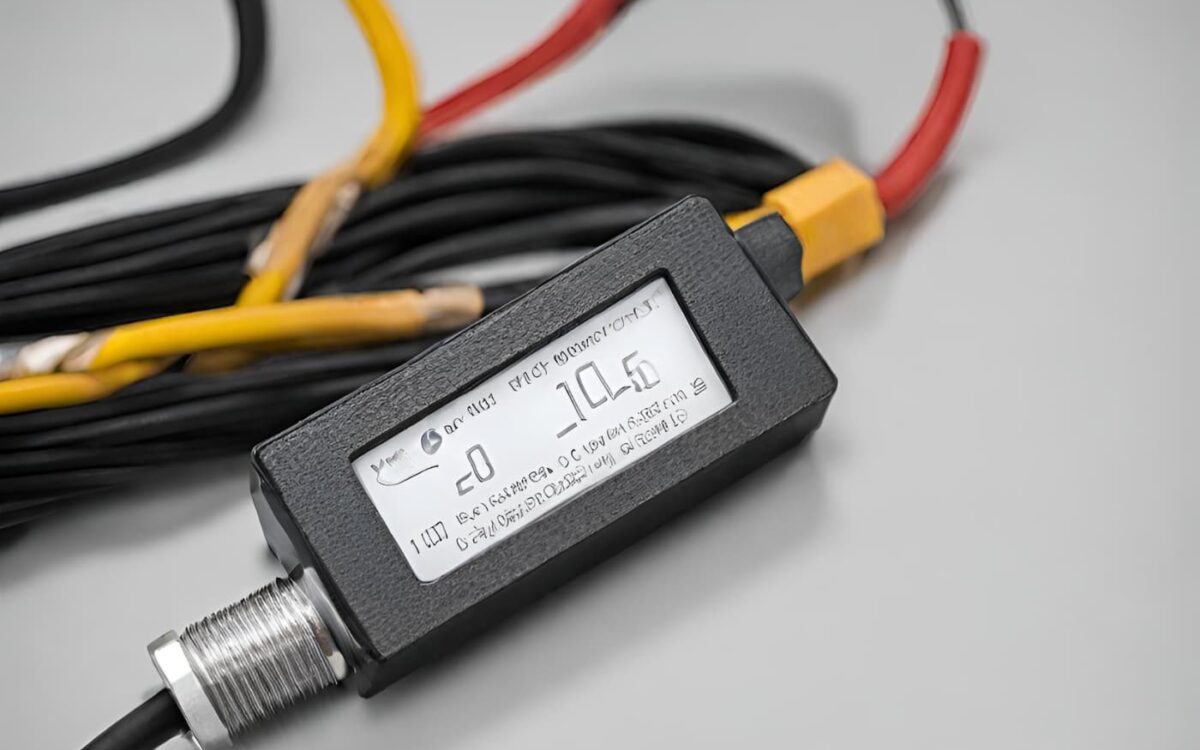In the realm of building automation, where precision and efficiency are paramount, duct temperature sensors play a vital role. These sensors are the unsung heroes behind the scenes, ensuring that heating, ventilation, and air conditioning (HVAC) systems maintain optimal indoor conditions. In this article, we will explore the role that Dwyer duct temperature sensors play in building automation systems. These sensors are crucial for achieving energy efficiency, cost savings, and enhanced comfort.
The Role of Duct Temperature Sensors
Duct temperature sensors are the backbone of building automation systems, overseeing the temperature control of HVAC systems. They continuously monitor the temperature within ducts and make real-time adjustments to ensure that the air being delivered to various zones within a building is at the desired temperature. Whether it’s a bustling office, a healthcare facility, or a residential complex, duct temperature sensors work tirelessly to maintain comfort and efficiency.
These sensors are equipped with advanced technology that allows them to detect even minor temperature fluctuations. When the temperature deviates from the preset comfort levels, the sensors communicate with the building’s automation system, triggering precise adjustments to the HVAC settings. This ensures that occupants enjoy a consistently comfortable environment while optimizing energy usage.
Dwyer Duct Temperature Sensors
Among the renowned brands in the field of duct temperature sensors, Dwyer stands out for its commitment to quality and innovation. Dwyer duct temperature sensors are known for their accuracy and reliability. These sensors are designed to meet the demanding requirements of building automation systems, where precision is non-negotiable.
Dwyer sensors come in various configurations to suit different applications. Whether it’s monitoring air temperature in ventilation ducts or controlling heating and cooling systems, Dwyer sensors excel. Their seamless integration with building automation platforms ensures that HVAC systems operate efficiently, contributing to energy savings and occupant comfort.
Veris Duct Temperature Sensors
Veris is another trusted name in the world of duct temperature sensors. Veris duct temperature sensors are prized for their exceptional performance and versatility. These sensors are engineered to provide accurate readings in a wide range of environments and applications.
Veris sensors are designed to seamlessly integrate with building automation systems, making them a preferred choice for facility managers and HVAC professionals. With a focus on precision and adaptability, Veris sensors contribute to the overall efficiency and effectiveness of HVAC systems in various settings, from commercial buildings to industrial facilities.
Integration and Compatibility
One of the key considerations when incorporating duct temperature sensors into building automation systems is compatibility. Both Dwyer and Veris sensors are designed to integrate seamlessly with a variety of automation platforms and protocols. This ensures that facility managers have the flexibility to choose the best-fit solution for their specific needs.
The ability to integrate these sensors into existing building automation systems enhances their functionality. They become integral components of an ecosystem that enables centralized control, monitoring, and data analysis. This level of integration empowers facility managers to optimize HVAC performance, reduce energy consumption, and proactively address comfort issues.
Benefits of Using Duct Temperature Sensors
The utilization of duct temperature sensors, such as those offered by Dwyer and Veris, brings a host of benefits to building automation systems. These advantages include:
- Energy Efficiency: By ensuring that HVAC systems deliver precise temperature control, duct temperature sensors contribute to significant energy savings.
- Cost Savings: Reduced energy consumption leads to lower utility costs, making buildings more operationally cost-effective.
- Enhanced Comfort: Occupants enjoy consistent comfort levels, leading to improved productivity and satisfaction.
- Proactive Maintenance: Duct temperature sensors provide valuable data for predictive maintenance, reducing downtime and repair costs.
- Environmental Responsibility: Lower energy consumption translates to a reduced carbon footprint, aligning with sustainability goals.
Real-World Applications
Dwyer and Veris duct temperature sensors find applications in a wide range of real-world scenarios. For instance, in a commercial office building, these sensors play a pivotal role in maintaining comfortable temperatures throughout the day. In healthcare facilities, precise temperature control is critical for patient well-being. Industrial settings rely on duct temperature sensors to ensure that processes run smoothly and efficiently.
These sensors also have applications in data centers, where temperature control is vital to the operation of sensitive equipment. In educational institutions, duct temperature sensors help create conducive learning environments. Their versatility and reliability make them valuable assets in numerous settings, ensuring that HVAC systems operate at peak performance.
Conclusion
In the world of building automation, duct temperature sensors are unsung heroes that enable precision, energy efficiency, and occupant comfort. Brands like Dwyer and Veris have set the standard for accuracy and reliability in this critical component of HVAC systems. Their seamless integration with automation platforms empowers facility managers to achieve optimal HVAC performance, reduce energy consumption, and create environments where occupants thrive. In the ever-evolving landscape of building automation, duct temperature sensors continue to be indispensable tools for a smarter and more sustainable future.
